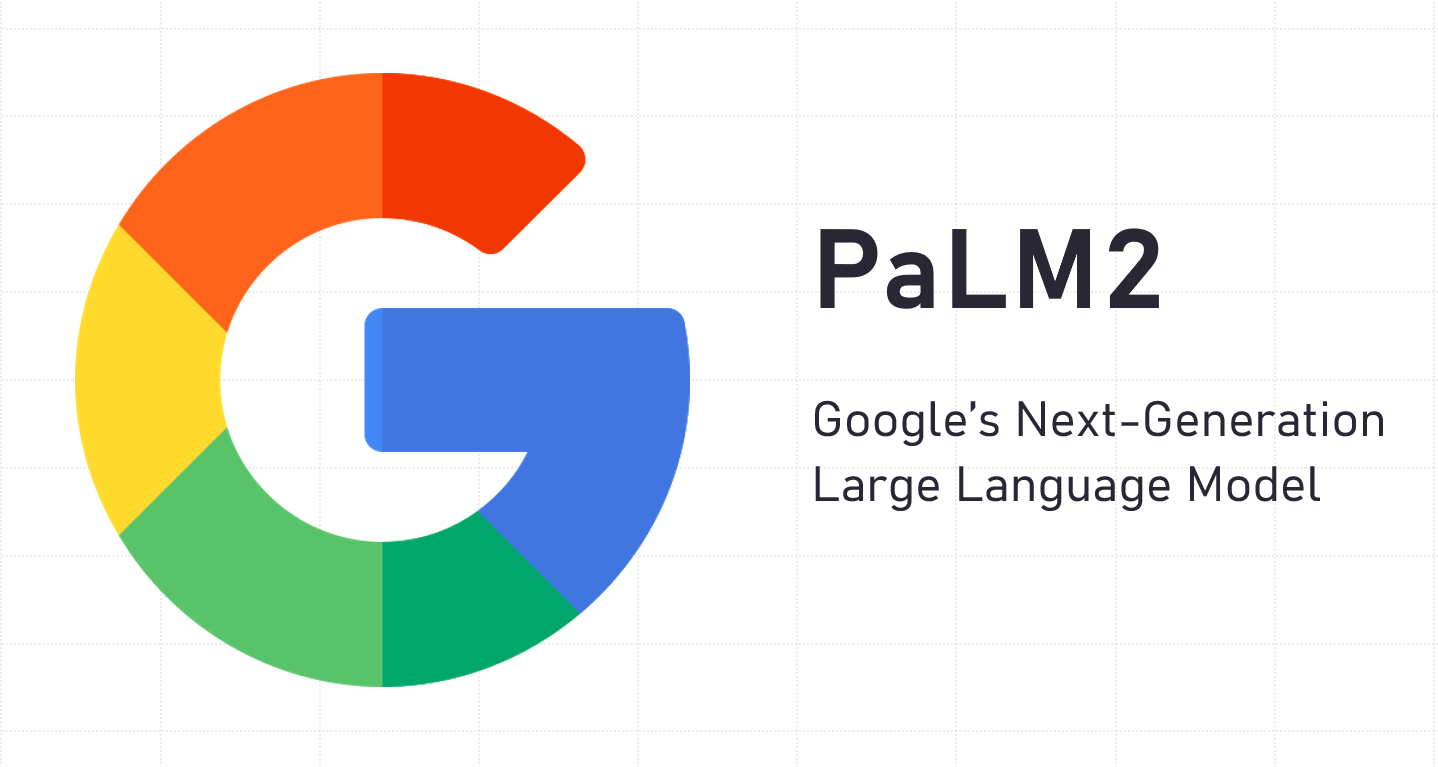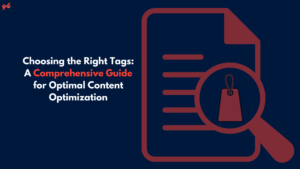In the ever-evolving world of search engine optimization (SEO), staying ahead of the competition is crucial. As an industry leader, we understand the importance of crafting high-quality, keyword-rich content that not only engages readers but also helps websites outrank their competitors. Today, we delve into the revolutionary Google PaLM 2 algorithm and explore how it can propel your website to the top of search engine results pages (SERPs).
Understanding Google PaLM 2
Google PaLM 2 represents a significant shift in how Google interprets and ranks web content.
With this update, Google aims to better understand the context and intent behind individual passages within a webpage, rather than focusing solely on the overall page content.
This new approach allows for more accurate and relevant search results, benefiting both users and website owners.
Creating Exceptional Content
To leverage the power of Google PaLM 2, it is essential to create exceptional content that resonates with both users and search engines.
Let’s explore some key strategies that can help your website outshine its competitors:
- Thorough Research: Begin by conducting in-depth keyword research to identify the most relevant and high-performing search terms related to your topic. This process will help you understand the language and intent of your target audience.
- Compelling Headlines: Craft attention-grabbing headlines that incorporate your target keywords naturally. A compelling headline not only entices users to click but also signals to search engines the relevance of your content.
- Keyword-Rich Subheadings: Structure your content using keyword-rich subheadings. These subheadings not only break up your content into digestible sections but also help search engines understand the key topics covered in your article.
- Comprehensive Content: Focus on creating comprehensive, well-researched content that covers all aspects of the topic. Provide readers with valuable insights, detailed explanations, and actionable tips. The more informative and engaging your content, the more likely it is to be shared and linked to, further boosting its search rankings.
- Natural Language and Formatting: Write in a conversational tone using natural language that resonates with your target audience. Incorporate variations of your target keywords throughout the content, ensuring a seamless reading experience. Utilize bullet points, numbered lists, and bold formatting to enhance readability and highlight key information.
- Visual Enhancements: Supplement your content with relevant and visually appealing images, infographics, or videos. Visual elements not only make your content more engaging but also encourage social sharing and increase dwell time, signaling to search engines that your content is valuable.
- User Experience Optimization: Prioritize user experience by ensuring your website is fast, mobile-friendly, and easy to navigate. A well-optimized website enhances user engagement and reduces bounce rates, which positively impact search rankings.
- Internal and External Linking: Strategically include internal links to relevant pages on your website, providing users with additional valuable resources. Additionally, incorporate authoritative external links to reputable sources, demonstrating your content’s credibility and boosting its overall visibility.
Staying Ahead of the Curve
In the dynamic landscape of SEO, staying ahead of the curve is paramount. Continuously monitor industry trends and algorithm updates to adapt your strategies accordingly.
Keep an eye on Google’s official announcements and stay engaged with reputable SEO communities to remain informed and proactive in your approach.
Remember, Google PaLM 2 is just one piece of the SEO puzzle. While creating high-quality, keyword-rich content is vital, it is essential to maintain a holistic approach to SEO.
Factors such as website architecture, backlink profile, technical optimization, and user engagement also contribute significantly to overall search rankings and should be considered alongside your content strategy.
Promoting Your Content
Creating outstanding content is only the first step. To ensure its visibility and outrank competitors, you need to promote it effectively. Here are some proven techniques to amplify your content’s reach:
- Social Media Promotion: Leverage the power of social media platforms to share your content with your target audience. Craft compelling captions and utilize eye-catching visuals to grab attention. Engage with your followers, respond to comments, and encourage social sharing to expand your content’s reach.
- Influencer Outreach: Identify influential figures within your industry and establish meaningful relationships. Collaborate with them to promote your content to their followers, leveraging their credibility and reach. Influencer endorsements can significantly boost your content’s visibility and attract a wider audience.
- Guest Blogging: Seek opportunities to contribute guest posts to authoritative websites within your niche. By providing valuable content to established platforms, you can build brand awareness, establish credibility, and generate high-quality backlinks to your website.
- Email Marketing: Develop a targeted email marketing strategy to reach out to your subscribers with relevant content updates. Personalize your emails and include snippets of your content to entice readers to click through and engage further.
- Content Syndication: Consider partnering with reputable content syndication platforms to amplify your content’s reach. These platforms distribute your content to a network of publishers, increasing its exposure and driving traffic back to your website.
Monitoring and Optimization
Monitoring the performance of your content is essential to refine your SEO strategy and maintain your competitive edge. Here are key metrics to track and optimize:
- Keyword Rankings: Regularly monitor your keyword rankings to gauge your content’s visibility and identify areas for improvement. Adjust your keyword targeting and content optimization strategies accordingly.
- Organic Traffic: Analyze your website’s organic traffic to measure the effectiveness of your content. Identify the top-performing pages and understand the user journey to optimize your content for conversions.
- Engagement Metrics: Dive into engagement metrics such as bounce rate, time on page, and social shares to evaluate how well your content resonates with your audience. Use this data to refine your content strategy and enhance user engagement.
- Backlink Profile: Monitor your backlink profile to identify opportunities for building high-quality, relevant links. Focus on acquiring backlinks from authoritative websites to boost your content’s credibility and improve search rankings.
- User Feedback: Pay attention to user feedback through comments, social media interactions, and customer surveys. Incorporate valuable insights into your content strategy to address user needs and preferences effectively.
Conclusion
- With the advent of Google PaLM 2, the future of search ranking is evolving. By prioritizing the creation of exceptional content, leveraging effective promotion techniques, and continuously monitoring and optimizing your strategy, you can position your website at the top of Google’s SERPs.
- Remember, SEO is an ongoing process, and adapting to the changing landscape is vital. Stay informed, remain proactive, and consistently provide value to your audience. By implementing these strategies, you can not only outrank your competitors but also establish your website as a valuable resource within your industry.



